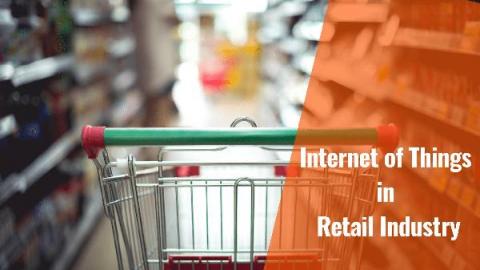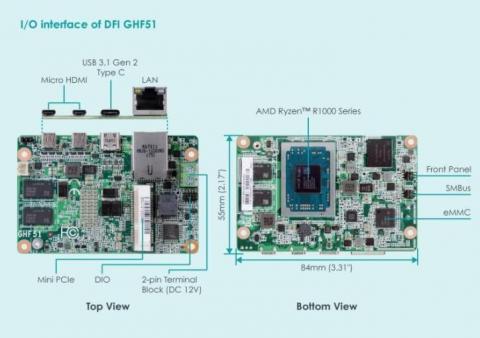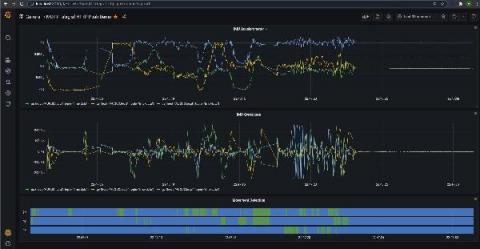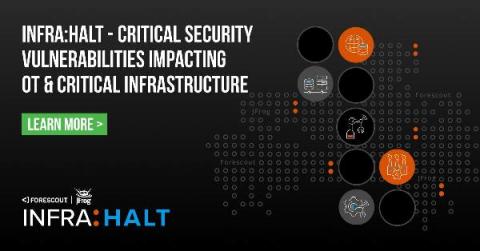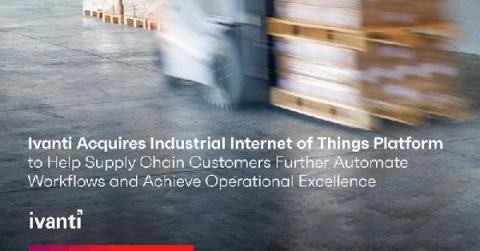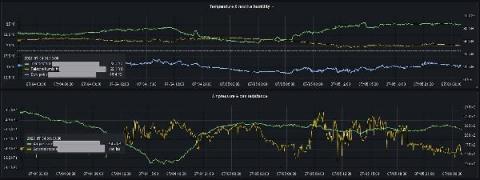Profiling newlib-nano's memcpy
Newlib is a very popular libc targeting embedded systems. It’s the libc that ships with the GNU Arm Embedded Toolchain published by ARM. This article takes a look at one of the commonly used functions provided by the Newlib C library: memcpy. We’ll examine the default nano implementation and the performance implications, comparing it against the faster non-default implementation. Like Interrupt? Subscribe to get our latest posts straight to your mailbox.



